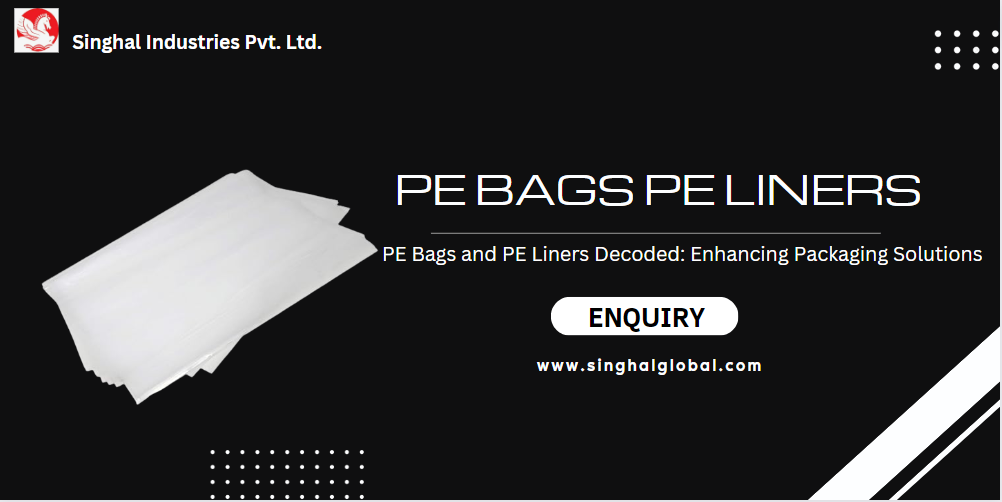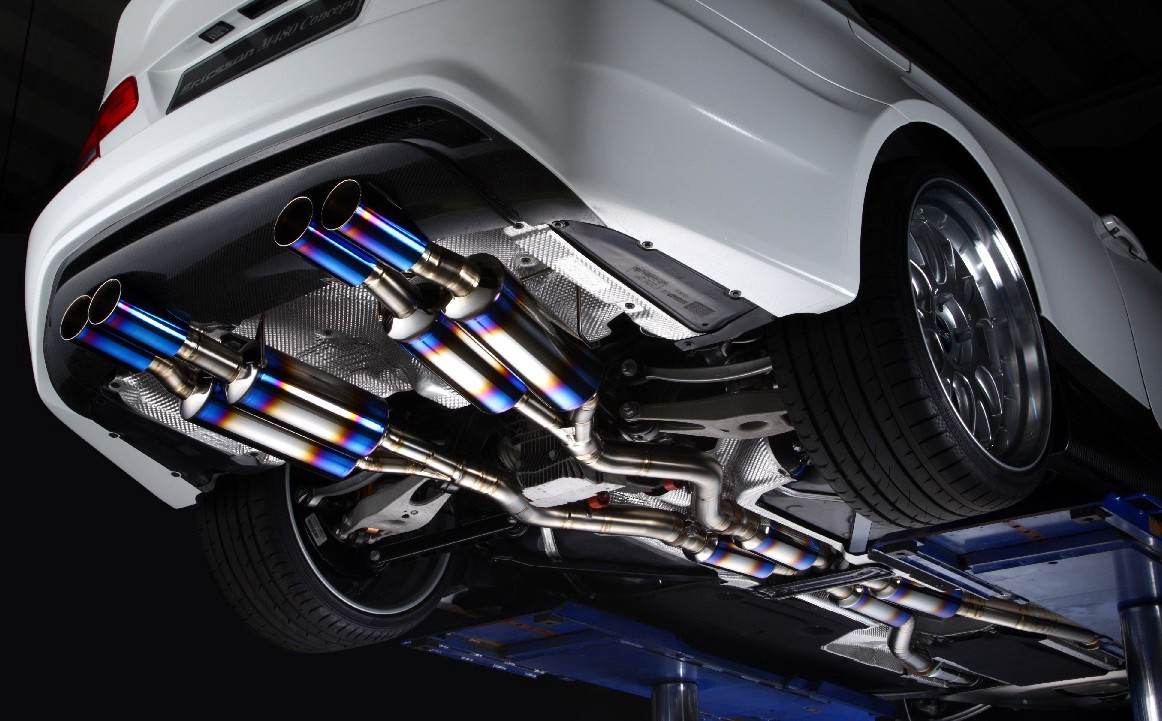The Ultimate Guide to PE Bags and PE Liners
Packaging plays a crucial role in various industries, from food and beverages to pharmaceuticals and manufacturing. In this comprehensive guide, we’ll delve into the world of PE bags and PE liners, exploring their benefits, applications, and key considerations for mastering packaging excellence. Whether you’re a business owner, a packaging professional, or simply curious about the science of packaging, this guide has got you covered.
Table of Contents
1. Introduction to PE Bags and PE Liners
PE, or polyethylene, is a versatile polymer that has revolutionized the packaging industry. PE bags and liners are crafted from this durable material, offering exceptional strength and flexibility. These packaging solutions are designed to protect products from external contaminants, moisture, and UV radiation, ensuring their integrity throughout the supply chain.
2. Understanding the Composition of PE Bags and Liners
PE bags and liners are typically manufactured through a process called extrusion, where molten PE is formed into various shapes and sizes. The composition of PE can vary, leading to different types of bags and liners, such as low-density polyethylene (LDPE) and high-density polyethylene (HDPE). Each type offers distinct characteristics suited for specific applications.
3. Advantages of Using PE Bags and Liners
The utilization of PE bags and liners provides a myriad of benefits. They are resistant to chemicals, punctures, and tears, ensuring the safe transportation of even the most delicate products. Additionally, PE packaging is lightweight, reducing shipping costs and environmental impact. Its flexibility allows for efficient storage and handling.
4. Versatile Applications Across Industries
PE bags and liners find applications in diverse industries. They are used for packaging food products, ranging from fresh produce to frozen goods, safeguarding their quality and extending shelf life. In the pharmaceutical sector, PE liners are crucial for preserving the efficacy of medications. Moreover, they are employed in industrial settings to contain hazardous materials safely.
5. Choosing the Right Type of PE Bags and Liners
Selecting the appropriate type of PE bag or liner depends on factors such as the nature of the product, storage conditions, and transportation requirements. LDPE bags are ideal for products requiring flexibility, while HDPE liners offer enhanced durability. Manufacturers offer a variety of sizes, closures, and features to cater to specific needs.
6. Factors to Consider in Material Thickness
The thickness of PE bags and liners plays a pivotal role in determining their protective capabilities. Thicker materials offer higher resistance to external forces, making them suitable for heavy-duty applications. Conversely, thinner materials provide cost-effective solutions for lightweight products while maintaining adequate protection.
7. Enhancing Product Protection and Shelf Life
PE bags and liners contribute significantly to extending the shelf life of products. They create a barrier against moisture, oxygen, and contaminants, preventing spoilage and degradation. Properly designed packaging solutions also protect products from temperature fluctuations, ensuring their quality remains intact.
8. Sustainability and Environmental Impact
As the world increasingly embraces sustainability, PE packaging is evolving to meet eco-friendly standards. Recyclable and biodegradable PE materials are being developed, reducing the environmental footprint of packaging waste. By choosing sustainable options, businesses can demonstrate their commitment to environmental responsibility.
9. Regulatory Compliance and Safety Standards
Packaging materials, including PE bags and liners, must adhere to strict regulatory guidelines to ensure consumer safety. Manufacturers must meet quality control standards and conduct thorough testing to guarantee that their products do not compromise the contents they protect. Compliance with regulations also builds trust among consumers.
10. Customization Options for Branding and Functionality
PE bags and liners offer ample opportunities for customization. Businesses can print branding elements, product information, and instructions directly onto the packaging. Additionally, various closure options, such as zippers or adhesive seals, enhance functionality and ease of use for consumers.
11. Best Practices for Storage and Handling
To maximize the benefits of PE packaging, proper storage and handling practices are essential. Products should be stored in a controlled environment, away from direct sunlight and extreme temperatures. When handling, care should be taken to avoid punctures and tears that could compromise the packaging’s integrity.
12. Installation Techniques for PE Liners
In industrial settings, PE liners are commonly used to line containers and equipment to prevent contamination and facilitate easy cleaning. Proper installation techniques ensure a snug fit that effectively covers surfaces, minimizing the risk of product cross-contamination.
13. Maintenance and Disposal Guidelines
PE packaging is designed for single-use or multiple-use scenarios, depending on the product and application. Proper maintenance, such as regular inspections for wear and tear, ensures continued protection. When disposing of used PE packaging, following local recycling guidelines is crucial to minimize environmental impact.
14. Cost-Effectiveness and Return on Investment
Investing in high-quality PE bags and liners may come with initial costs, but the long-term benefits far outweigh the expenses. Reduced product loss due to spoilage, extended shelf life, and minimized transportation damage lead to a substantial return on investment for businesses.
15. Innovations in PE Packaging Technology
The field of PE packaging continues to evolve with technological advancements. From antimicrobial coatings to active packaging that regulates gas levels, innovative solutions are being developed to address specific challenges and further enhance the functionality of PE bags and liners.
Mastering packaging excellence with PE bags and liners is essential for businesses aiming to deliver products of the highest quality while minimizing environmental impact. By understanding the composition, benefits, applications, and best practices of PE packaging, industries can optimize their packaging strategies, protect their products, and contribute to a more sustainable future.
Frequently Asked Questions(FAQs)-
Are PE bags and liners suitable for food packaging?
Absolutely! PE bags and liners are widely used for packaging various food products, ensuring freshness and prolonging shelf life.
Can PE packaging be recycled?
Yes, many types of PE packaging can be recycled. Look for recycling symbols and follow local recycling guidelines.
What industries benefit from using PE liners?
PE liners are beneficial for industries such as pharmaceuticals, chemicals, agriculture, and manufacturing.
How do I choose the right thickness for my PE packaging?
The choice of thickness depends on factors like the weight and fragility of the product. Thicker materials offer better protection for heavier items.
Where can I find high-quality PE bags and liners?
Reputable










